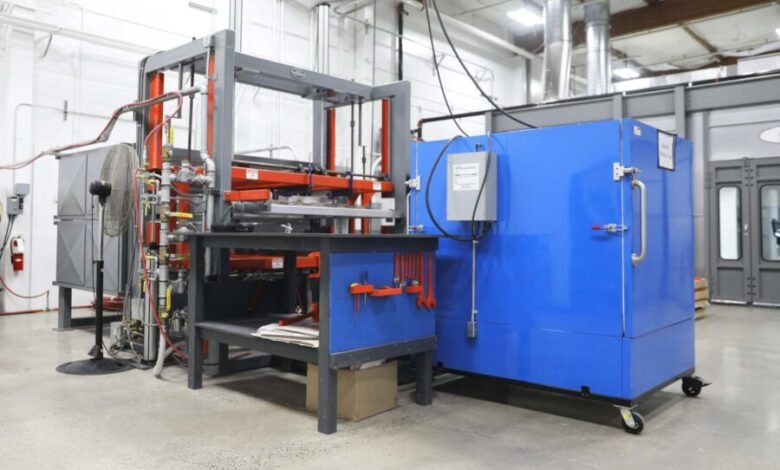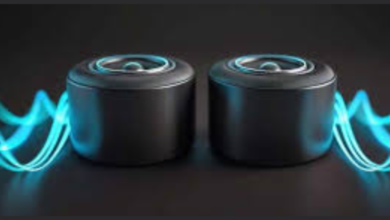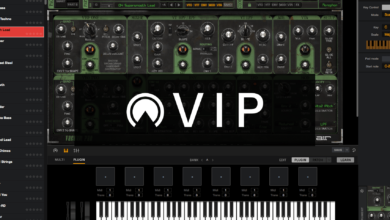Ensuring Consistency in Large-Scale Thermoformed Vacuum Plastic Parts Production

In the manufacturing industry, ensuring consistency in large-scale thermoformed vacuum plastic parts production is paramount for meeting quality standards and achieving operational efficiency. Thermoforming, a widely used manufacturing process, involves heating a thermoplastic sheet and forming it over a mold to create a desired shape. Vacuum forming, a subtype of thermoforming, utilizes vacuum pressure to assist in forming the plastic sheet over the mold. While thermoforming offers numerous advantages such as cost-effectiveness and versatility, maintaining consistency in production poses significant challenges. This essay explores the key factors essential for ensuring consistency in large-scale thermoformed vacuum plastic parts plastic thermoforming companies production.
Material Selection and Quality Control:
The foundation of consistent thermoformed vacuum plastic parts production lies in meticulous material selection and stringent quality control measures. Choosing high-quality thermoplastic materials with consistent properties is critical to achieving uniformity in the final products. Variations in material properties such as thickness, melt flow rate, and thermal conductivity can significantly impact the forming process and final part quality. Therefore, manufacturers must establish partnerships with reputable suppliers and conduct rigorous material testing to verify compliance with specifications.
Moreover, implementing robust quality control protocols throughout the production process is indispensable. Inspection procedures should encompass both incoming raw materials and in-process stages to detect deviations early on. Advanced technologies such as automated vision systems and dimensional inspection tools enable precise measurement and identification of defects, facilitating proactive corrective actions. By adhering to strict quality standards, manufacturers can mitigate the risk of inconsistencies and uphold product integrity.
Process Optimization and Automation:
Achieving consistency in thermoformed vacuum plastic parts production necessitates continuous process optimization and integration of automation automotive plastic manufacturers technologies. Optimizing key process parameters such as heating temperature, cooling rate, and mold pressure is essential for reproducibility across production batches. Through systematic experimentation and data analysis, manufacturers can identify optimal operating conditions that minimize variability and maximize yield.
Furthermore, leveraging automation technologies enhances process repeatability and reduces human error. Automated systems for sheet feeding, mold positioning, and trimming streamline production workflows, ensuring precise execution of manufacturing steps. Integration of real-time monitoring and control systems enables immediate response to deviations, minimizing scrap and rework. By embracing Industry 4.0 principles, manufacturers can enhance production efficiency and consistency while maintaining cost competitiveness.
Tooling Design and Maintenance:
The design and maintenance of molds and tooling play a pivotal role in achieving consistency in thermoformed vacuum plastic parts production. Molds must be meticulously engineered to facilitate uniform distribution of heat and vacuum pressure during the forming process. Factors such as draft angles, surface finish, and venting arrangements influence part quality and dimensional accuracy. Utilizing advanced design software and simulation tools enables virtual prototyping and optimization of mold designs prior to fabrication, reducing lead times and iterations.
Additionally, implementing proactive maintenance practices is essential for prolonging the lifespan of molds and ensuring consistent performance. Regular inspections, cleaning, and refurbishment help prevent degradation and wear, preserving dimensional stability and surface integrity. Moreover, predictive maintenance techniques utilizing sensor data and machine learning algorithms enable early detection of potential issues, minimizing unplanned downtime and production disruptions.
Employee Training and Continuous Improvement:
A skilled and knowledgeable workforce is indispensable for maintaining consistency in thermoformed vacuum plastic parts production. Comprehensive training programs should be provided to operators, technicians, and engineers to impart proficiency in operating machinery, interpreting quality standards, and troubleshooting process issues. Continuous education on emerging technologies and best practices fosters a culture of innovation and adaptability, empowering employees to drive continuous improvement initiatives.
Furthermore, establishing cross-functional teams dedicated to process optimization and problem-solving facilitates collaboration and knowledge sharing across departments. By leveraging the collective expertise of personnel from engineering, production, and quality assurance, manufacturers can identify root causes of variability and implement effective corrective actions. Encouraging employee involvement in quality circles and Kaizen events promotes a culture of ownership and accountability, leading to sustained enhancements in production consistency.
Conclusion:
Consistency in large-scale thermoformed vacuum plastic parts production is imperative for meeting customer expectations and maintaining competitiveness in the global marketplace. By addressing key factors such as material selection, process optimization, tooling design, and employee training, manufacturers can establish robust systems and practices to ensure uniformity across production batches. Embracing advanced technologies and fostering a culture of continuous improvement are essential for overcoming challenges and achieving excellence in thermoforming operations. With a steadfast commitment to quality and innovation, manufacturers can optimize efficiency, minimize waste, and deliver superior products that exceed customer satisfaction.



